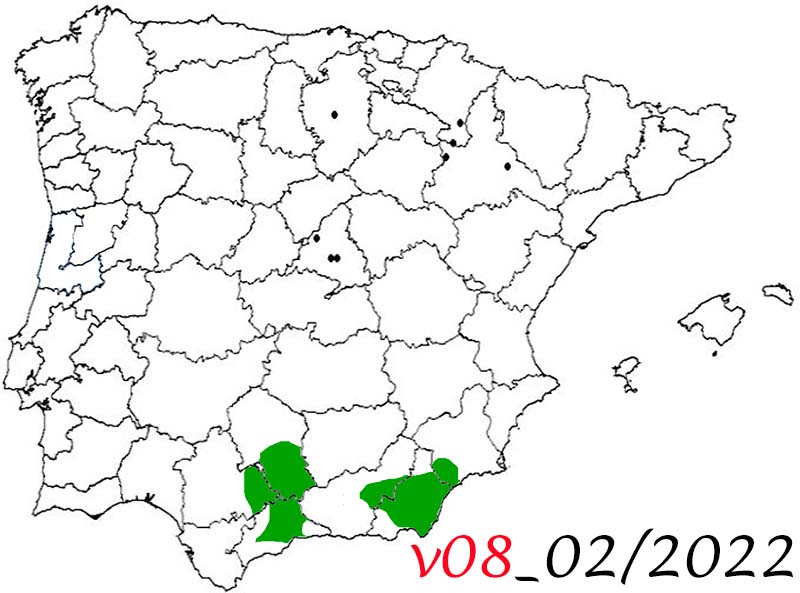


8. Trip to the South of Spain
8. Trip to the South of Spain
February 25 to March 7, 2022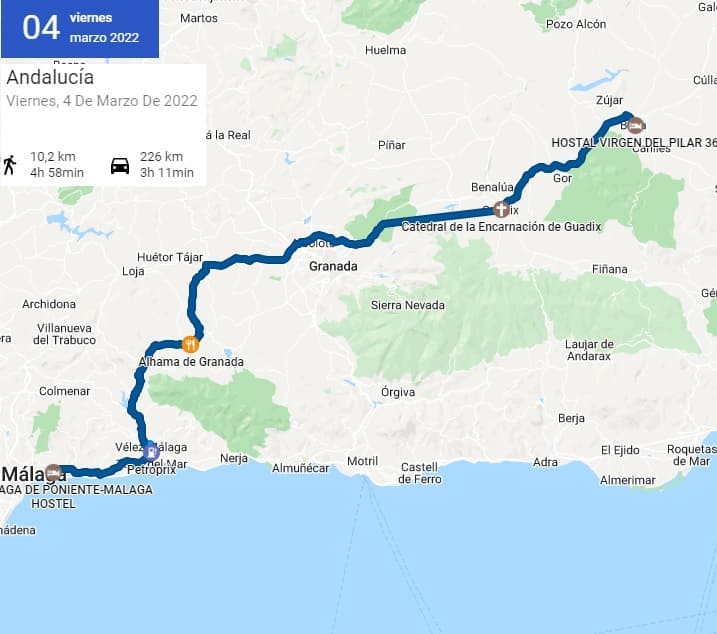


140. Vélez Málaga
140. Vélez Málaga
Leaving very early, the first stop will be Vélez Málaga, taking the A7. Upon arrival, I park in one of the two highest parts of the city, the hermitage of the Virgen de los Remedios. You can see the image of the city in the following photograph, with the almond trees in bloom heralding the arrival of spring.
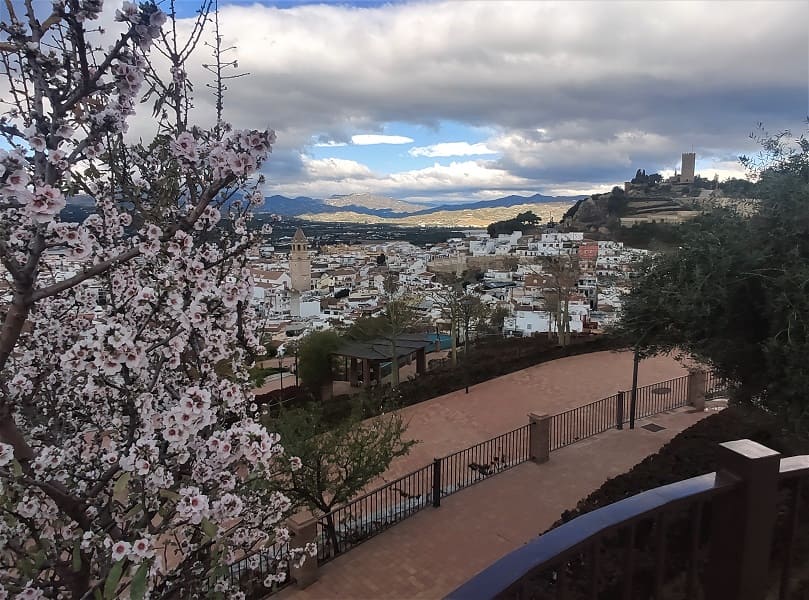
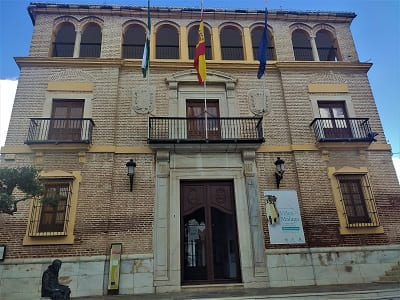
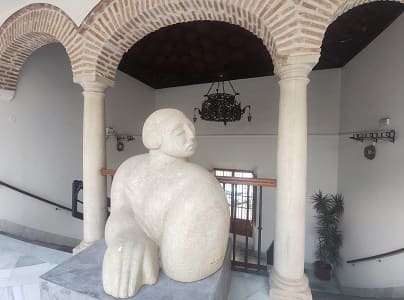
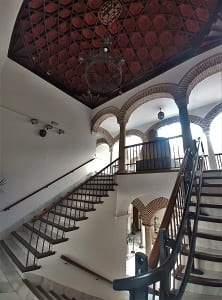 The first stop will be at the Palace of the Marques de Beniel. The patio, the staircase and the Mudejar roof of the same stand out. You can see the noble shields flanking the main entrance, review of the marquisate. Artistically, the result was a building with a Mannerist façade clearly influenced by the works of Sebastián de Serlio, whom Molina Medrano must have had special admiration for, where the freedom of the proto-Baroque character can be appreciated. An imperial staircase with a Renaissance character, with two floors plus the attic.
The first stop will be at the Palace of the Marques de Beniel. The patio, the staircase and the Mudejar roof of the same stand out. You can see the noble shields flanking the main entrance, review of the marquisate. Artistically, the result was a building with a Mannerist façade clearly influenced by the works of Sebastián de Serlio, whom Molina Medrano must have had special admiration for, where the freedom of the proto-Baroque character can be appreciated. An imperial staircase with a Renaissance character, with two floors plus the attic.
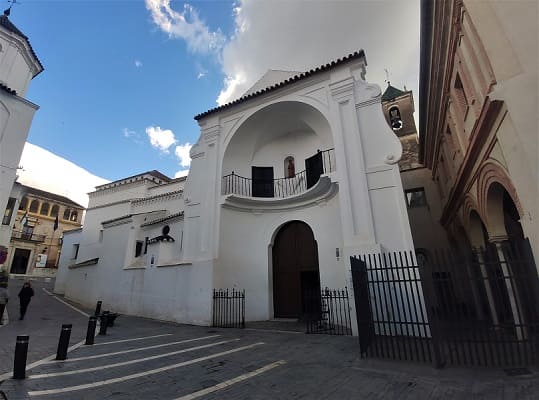
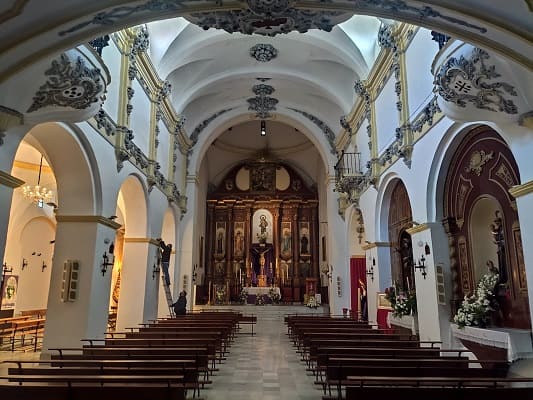
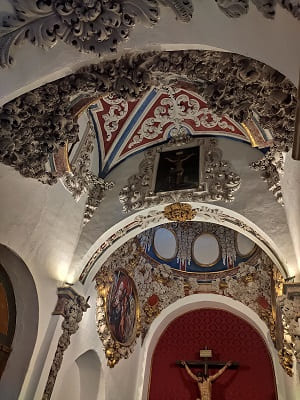 Nearby is the convent of San Francisco, very modest on the outside but which houses incredible religious altarpieces. It was founded by the Catholic Monarchs in the 15th century and underwent numerous reconstructions in the 16th and 17th centuries. Its interior, with two naves, stands out for its rich decoration. Next to the church, two cloisters deserve special mention, one Mudejar and the other Renaissance, linked together by a beautiful staircase. The baroque ceilings and cupola have some paintings. One of the chapels has the original paintings from 5 centuries ago. In the image you can see the baroque decoration of one of the chapels of the church.
Nearby is the convent of San Francisco, very modest on the outside but which houses incredible religious altarpieces. It was founded by the Catholic Monarchs in the 15th century and underwent numerous reconstructions in the 16th and 17th centuries. Its interior, with two naves, stands out for its rich decoration. Next to the church, two cloisters deserve special mention, one Mudejar and the other Renaissance, linked together by a beautiful staircase. The baroque ceilings and cupola have some paintings. One of the chapels has the original paintings from 5 centuries ago. In the image you can see the baroque decoration of one of the chapels of the church.
Nearby is the largest and main church of Vélez, the church of San Juan Bautista. Its interior is very simple with some wooden carvings of saints.
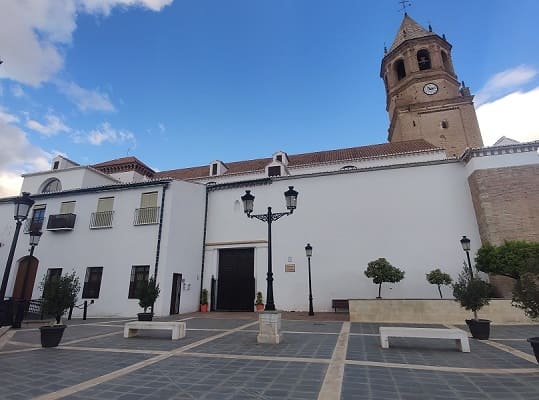
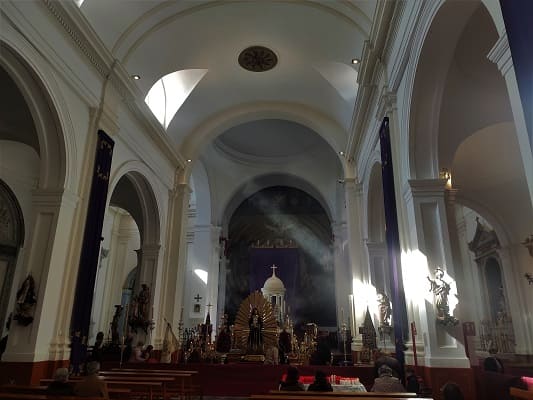
Next to San Juan Bautista is the town's granary where exhibitions are often held, the remains of the wall, the gate of the town and the Royal fountain. The old Muslim city (La Medina) was protected by a walled belt, which surrounded and marked its precise limits until the 13th century. In order to access or leave the urban nucleus, there were three gates (Granada, Antequera and Málaga) of which only the Puerta Real de la Villa remains, the old gate of Málaga that was integrated into the urban nucleus. due to the growth of the suburb in the fourteenth century. It has an access in a bend and semicircular arches, being protected by a large rectangular tower that acts as an albarrana as an advanced defense of the access. From that tower that is still preserved there is a small viewpoint to the square.
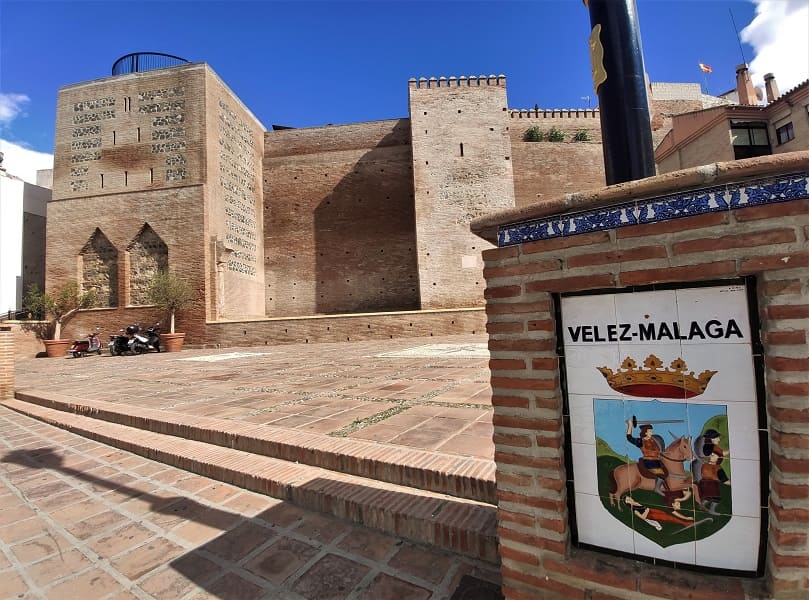
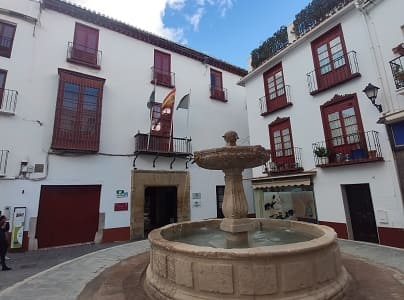
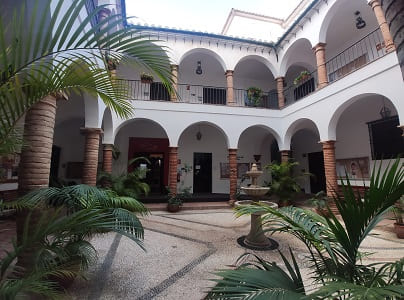 As museums we have the house of Cervantes that tells of its relationship with the town and the archaeological museum of Vélez Málaga, also on an old mansion. This museum is highly recommended as it is free to enter because it gives you a lot of information about the history of the city. It is a 16th century manor house that is linked to different historical events in the history of the city. In the first place, and according to popular tradition, D. Miguel de Cervantes Saavedra stayed in 1594, during his stay in the town when he was state collector for the Great Armada of Felipe II; Secondly, in the 17th century, Fray Alonso de Santo Tomás, the bishop of Málaga, supposedly the illegitimate son of King Felipe IV, was born here.
As museums we have the house of Cervantes that tells of its relationship with the town and the archaeological museum of Vélez Málaga, also on an old mansion. This museum is highly recommended as it is free to enter because it gives you a lot of information about the history of the city. It is a 16th century manor house that is linked to different historical events in the history of the city. In the first place, and according to popular tradition, D. Miguel de Cervantes Saavedra stayed in 1594, during his stay in the town when he was state collector for the Great Armada of Felipe II; Secondly, in the 17th century, Fray Alonso de Santo Tomás, the bishop of Málaga, supposedly the illegitimate son of King Felipe IV, was born here.
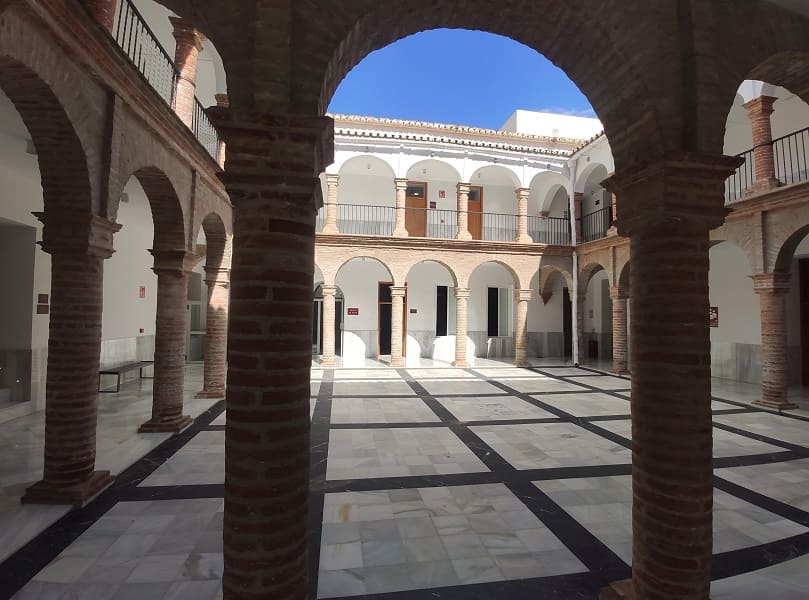
Finally, it is well worth going up to the alcazaba both to have a view of the entire city and to visit the church of María Encarnación where the museum of Holy Week. I liked this museum a lot for being very careful and for being able to see the church inside and it can be seen in the following photograph. This church was originally a mosque and you can see a lot in the outlines of the walls and its structure. Lastly, on the way to the car, I would pass by the tourist office where the Mihrab arch of Nasrid origin is located, unique in the province of Malaga. The Koranic messages remain in the center of the albanegas of the arch which, due to their characteristics, may date from the 14th or early 15th centuries. It was found in the 1990s inside a house near the Beniel Palace and is still on display there for your visit.
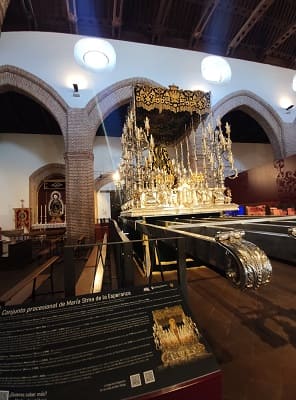
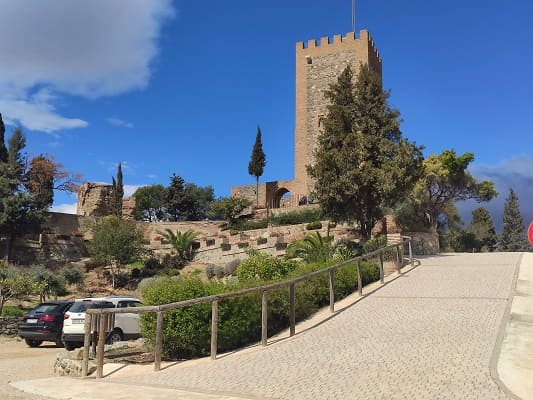
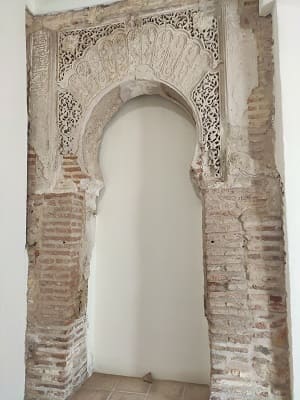
Having seen Vélez and wanting to see the inland towns with the aim of reaching the A92, I will stop at Alhama de Granada.


141. Alhama de Granada
141. Alhama de Granada
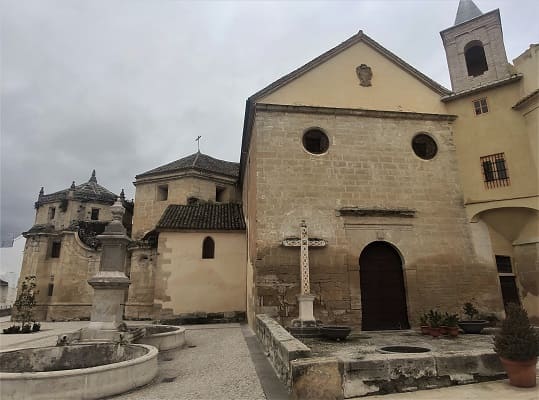
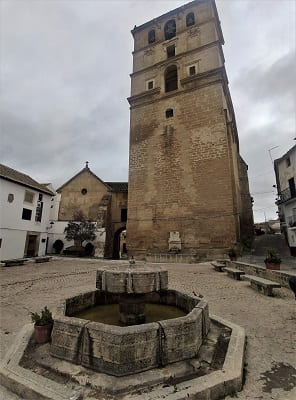 This town is quite high, 895 meters and immediately if you come from the coast you notice everything colder.
This town is quite high, 895 meters and immediately if you come from the coast you notice everything colder.
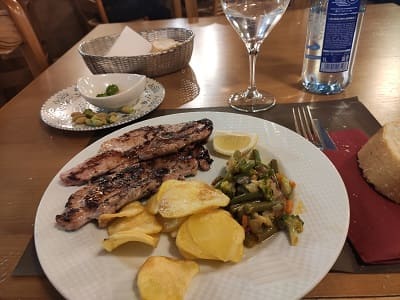
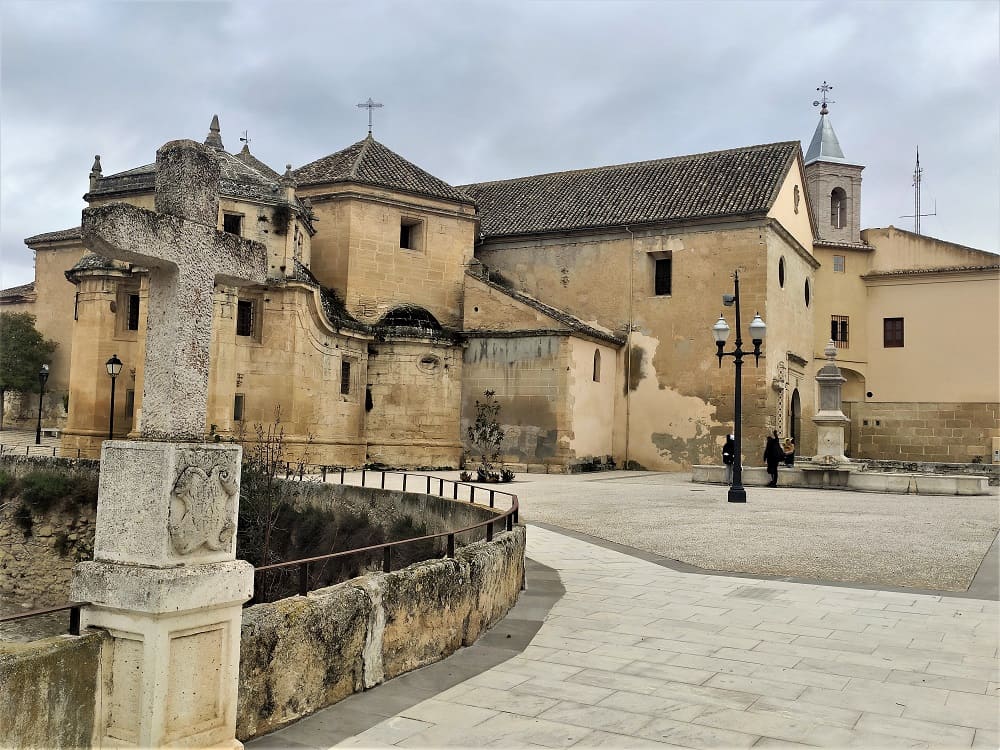
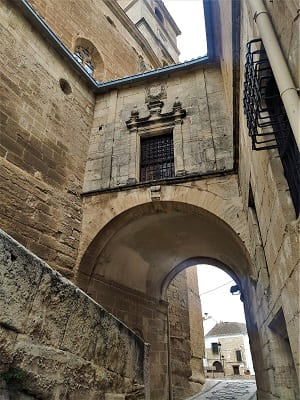
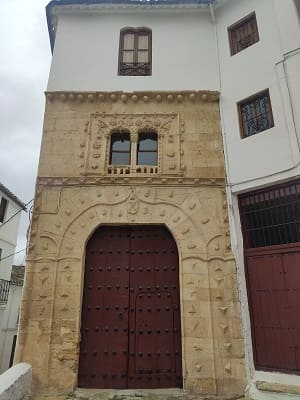
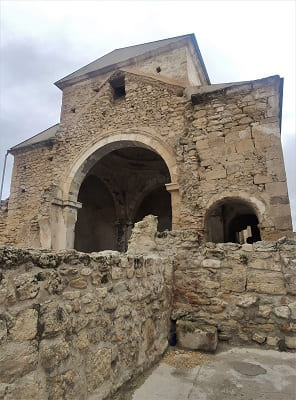


142. Guadix
142. Guadix
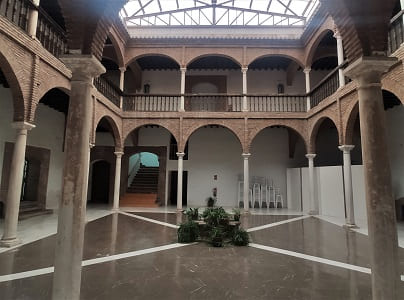
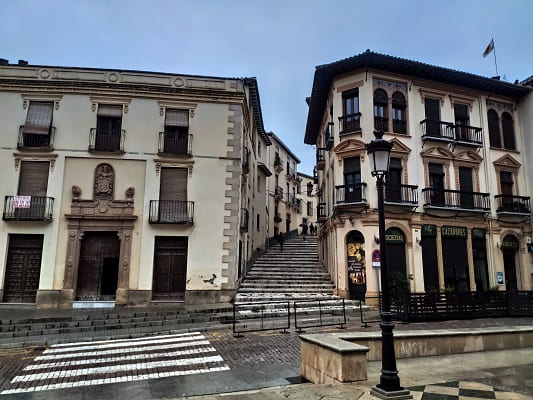
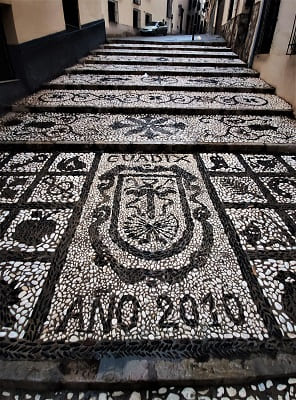 Apart from the cathedral, numerous buildings in the city attract attention. One is the Villalegre palace whose patio is shown below. It is a stately palace with a beautiful interior patio surrounded by columns with semicircular arches; Also noteworthy is its south façade, flanked by towers with arcades typical of the city's Mudejar architecture. The street that goes up from the cathedral is very curious with a curved staircase flanked by Renaissance-style buildings.
Apart from the cathedral, numerous buildings in the city attract attention. One is the Villalegre palace whose patio is shown below. It is a stately palace with a beautiful interior patio surrounded by columns with semicircular arches; Also noteworthy is its south façade, flanked by towers with arcades typical of the city's Mudejar architecture. The street that goes up from the cathedral is very curious with a curved staircase flanked by Renaissance-style buildings.
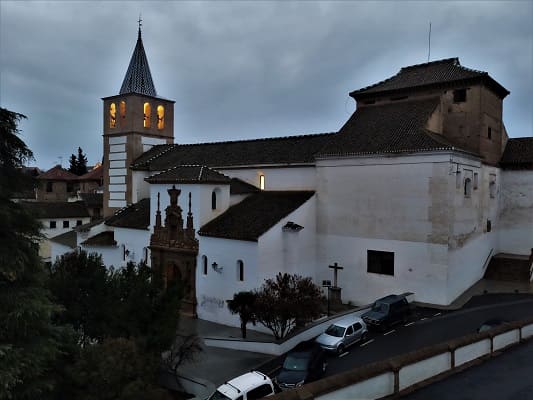
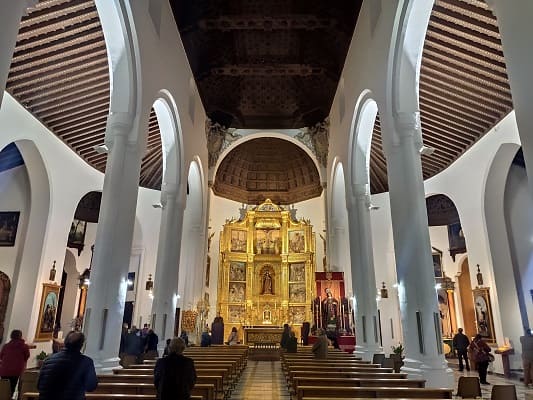
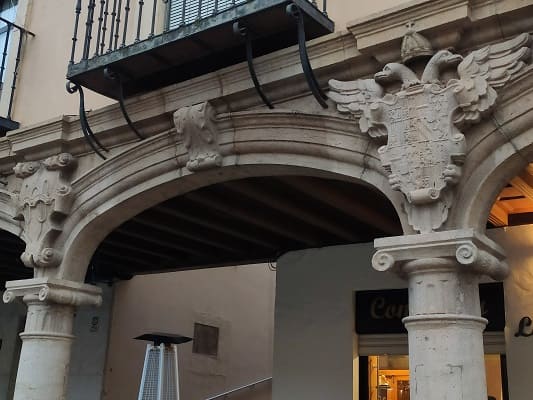 Very close to the cathedral is the main square and the town hall, an architectural jewel full of coats of arms with double-headed eagles. The construction of the square meant a notable change with respect to the urban plan of the city, adapting itself to a truly Renaissance medieval city and focusing all power and politics in the same area. Its first construction dates from the end of the 16th century and the beginning of the 17th, although there are no remains of this first construction, since, after the civil war, a large part of the square and the balcony of the corregidores were destroyed.
Very close to the cathedral is the main square and the town hall, an architectural jewel full of coats of arms with double-headed eagles. The construction of the square meant a notable change with respect to the urban plan of the city, adapting itself to a truly Renaissance medieval city and focusing all power and politics in the same area. Its first construction dates from the end of the 16th century and the beginning of the 17th, although there are no remains of this first construction, since, after the civil war, a large part of the square and the balcony of the corregidores were destroyed.
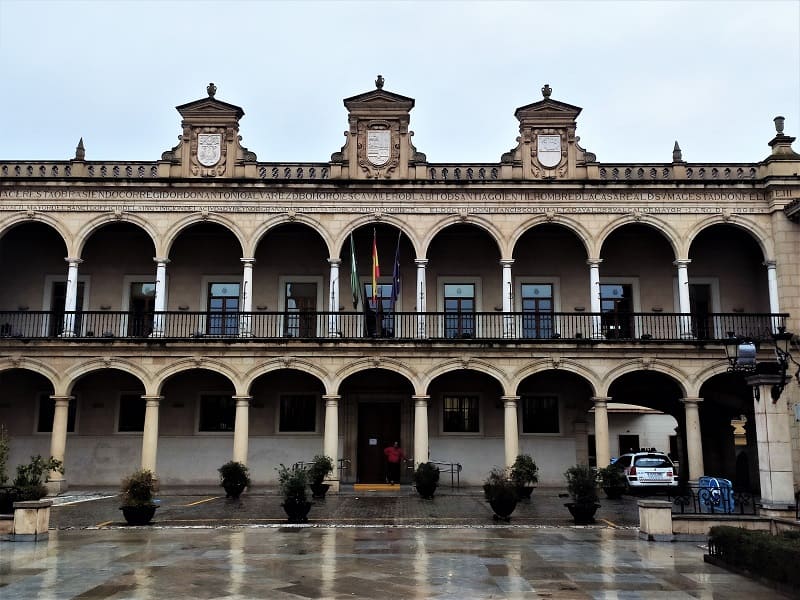
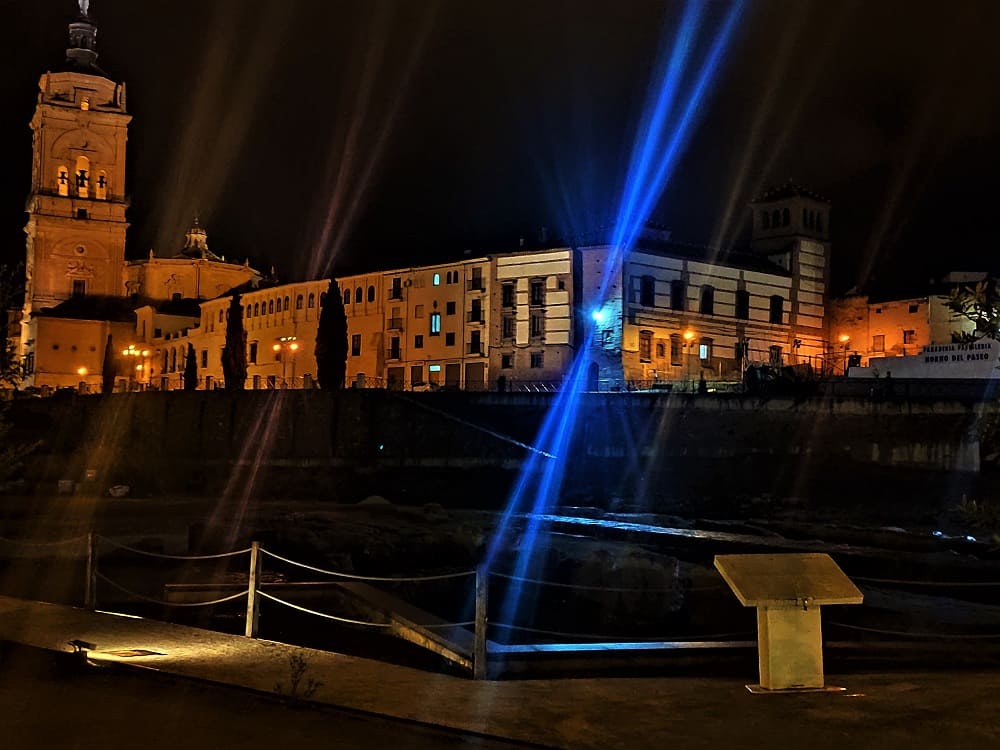
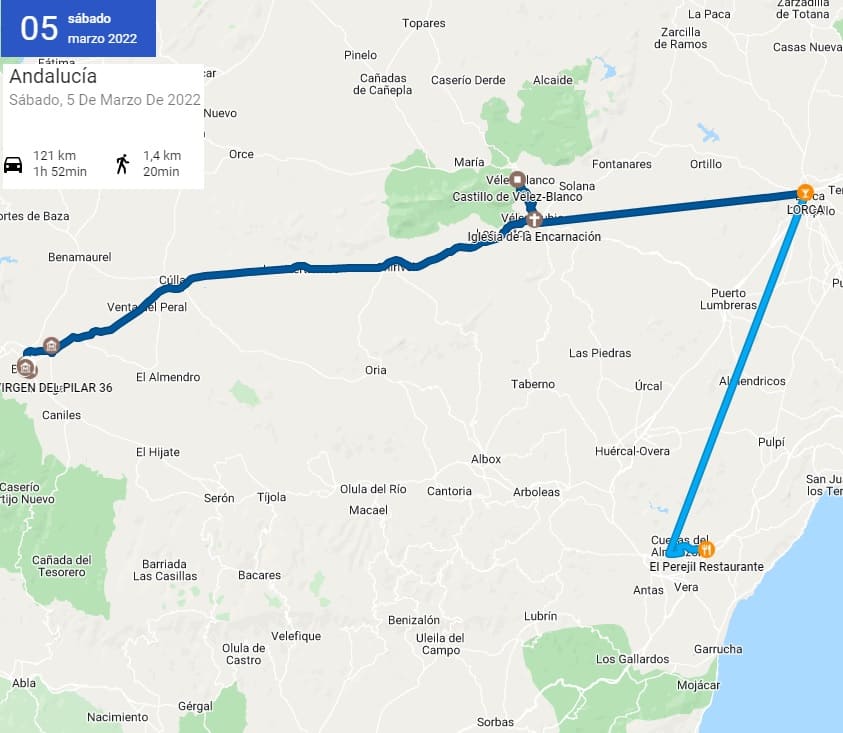
© 2016 - All Rights Reserved - Designed by Sergio López Martínez